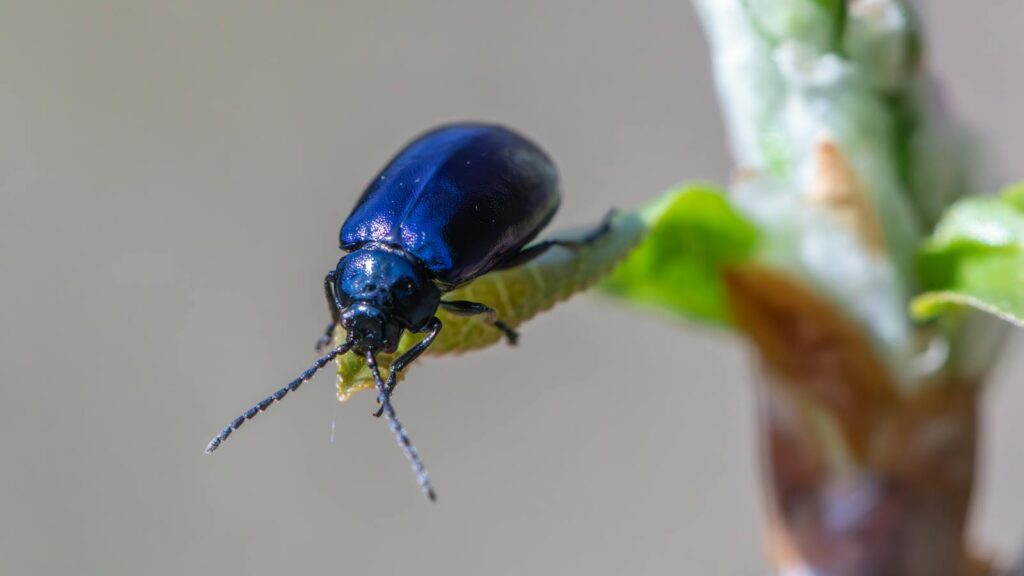
In the grand theater of nature, some of the most extraordinary actors work quietly behind the scenes. Among these unsung heroes are dung beetles, small but mighty insects whose daily habits contribute significantly to environmental health. Though they may not be the most glamorous creatures, their ecological importance is immense. Dung beetles specialize in collecting, burying, and consuming animal waste—a natural cleaning service that helps maintain balanced ecosystems worldwide. Through their industrious activities, these remarkable insects transform what we consider waste into valuable resources, demonstrating that even the most humble creatures can have profound environmental impacts.
Nature’s Sanitation Workers
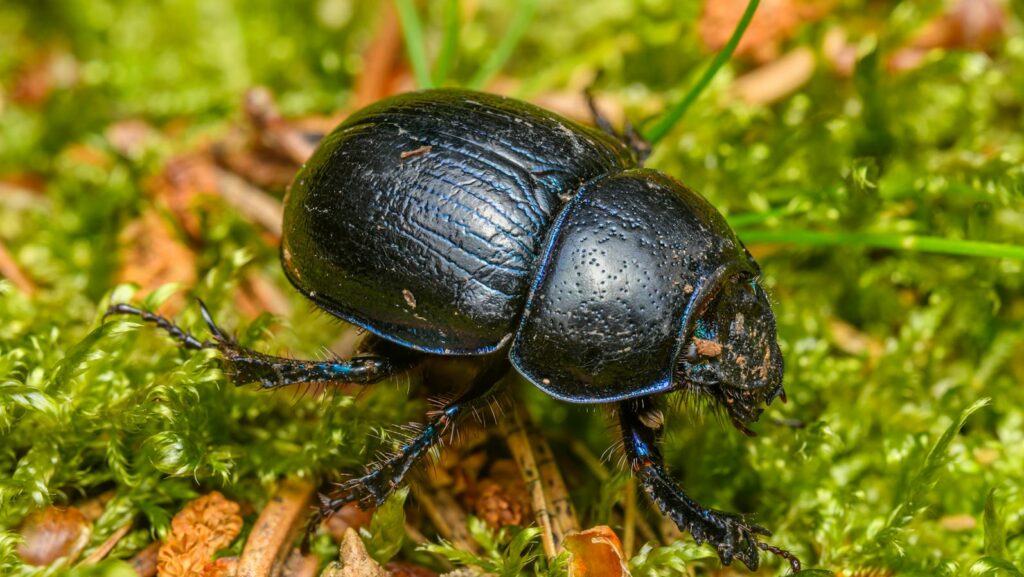
Dung beetles function as nature’s highly efficient sanitation team, processing animal waste that would otherwise accumulate on the landscape. By quickly locating and burying fresh dung, these beetles remove waste that could harbor parasites and pathogens harmful to livestock and wildlife. A single dung beetle can bury dung many times its own weight in a single night, with some species capable of moving over 250 times their body weight. This rapid removal prevents the proliferation of flies and other insects that might otherwise use the dung as breeding grounds, effectively reducing pest populations naturally. Their constant activity means that in healthy ecosystems, animal droppings rarely remain visible for long, keeping the environment visibly clean and significantly healthier.
Masters of Recycling
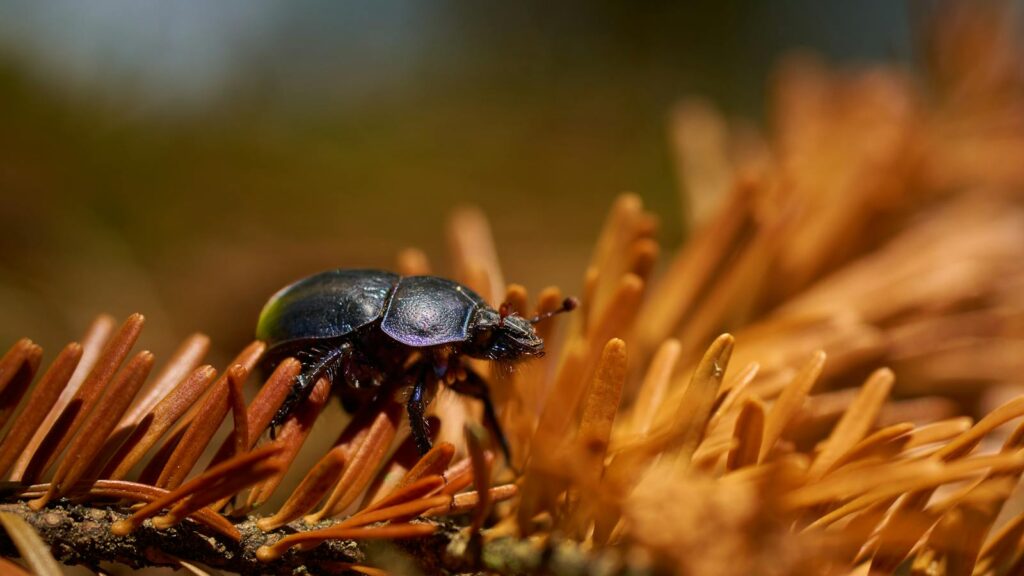
Dung beetles excel at recycling organic matter, transforming waste into valuable soil nutrients through their feeding and nesting activities. As they consume dung, beetles break down complex organic materials into simpler compounds that are more readily available to plants. This natural recycling process accelerates the return of essential nutrients like nitrogen and phosphorus to the soil, which might otherwise be lost to the atmosphere or washed away. The tunnels they create while burying dung increase soil aeration and water penetration, improving overall soil structure and health. Some agricultural studies have demonstrated that fields with active dung beetle populations show measurably higher fertility levels compared to those without these natural recyclers.
Reducing Greenhouse Gas Emissions
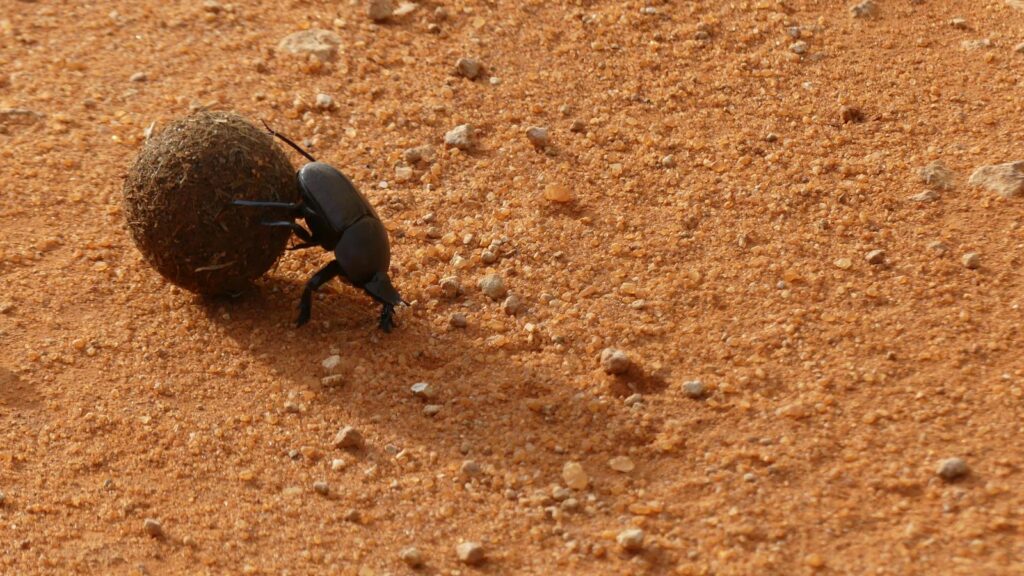
One of the less obvious but critical environmental benefits of dung beetles is their contribution to reducing greenhouse gas emissions. When animal waste sits on the surface, it releases significant amounts of methane—a greenhouse gas approximately 28 times more potent than carbon dioxide in trapping heat in the atmosphere. By burying dung quickly, beetles significantly decrease the amount of methane released into the atmosphere. Research conducted in pasture environments suggests that active dung beetle populations can reduce methane emissions from cattle dung by up to 40 percent. Additionally, by incorporating organic matter into the soil rather than leaving it to decompose on the surface, beetles help sequester carbon in the ground. This double benefit positions dung beetles as unexpected allies in the fight against climate change.
Ingenious Lifestyle Adaptations

Dung beetles have evolved fascinating specialized adaptations that make them supremely efficient at their ecological role. Most notably, they possess sensitive olfactory receptors that allow them to detect fresh dung from remarkable distances—sometimes more than a kilometer away. Their strong front legs function like powerful shovels, efficiently moving and shaping dung. Depending on the species, dung beetles employ different strategies: rollers form dung into balls and roll them away, tunnelers bury dung directly beneath the pat, and dwellers live within the dung itself. Some species can even navigate using the Milky Way’s light pattern—making them the only known insects to use the stars for orientation. These specialized adaptations demonstrate nature’s remarkable capacity to evolve precise solutions to ecological challenges.
Agricultural Benefits and Economic Value
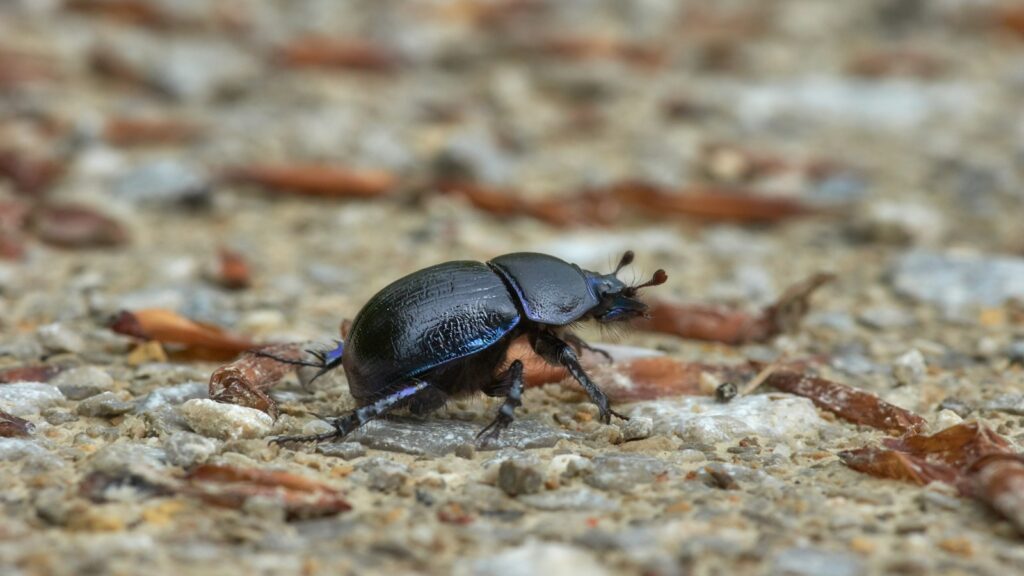
The ecological services provided by dung beetles translate into substantial economic benefits for agricultural systems worldwide. By removing livestock waste, dung beetles help reclaim pasture land that would otherwise be covered by dung patches and avoided by grazing animals. Studies in Australia have estimated that dung beetles save the cattle industry millions of dollars annually through their waste removal services. Their activity also reduces the need for chemical parasite control, as they break the life cycles of many livestock parasites by quickly removing potential breeding sites. Additionally, by improving soil fertility naturally, dung beetles help reduce the need for synthetic fertilizers, offering a significant cost saving for farmers. Some agricultural extension programs have even introduced specific dung beetle species to improve pasture management, recognizing their considerable economic value.
Biological Pest Control Agents
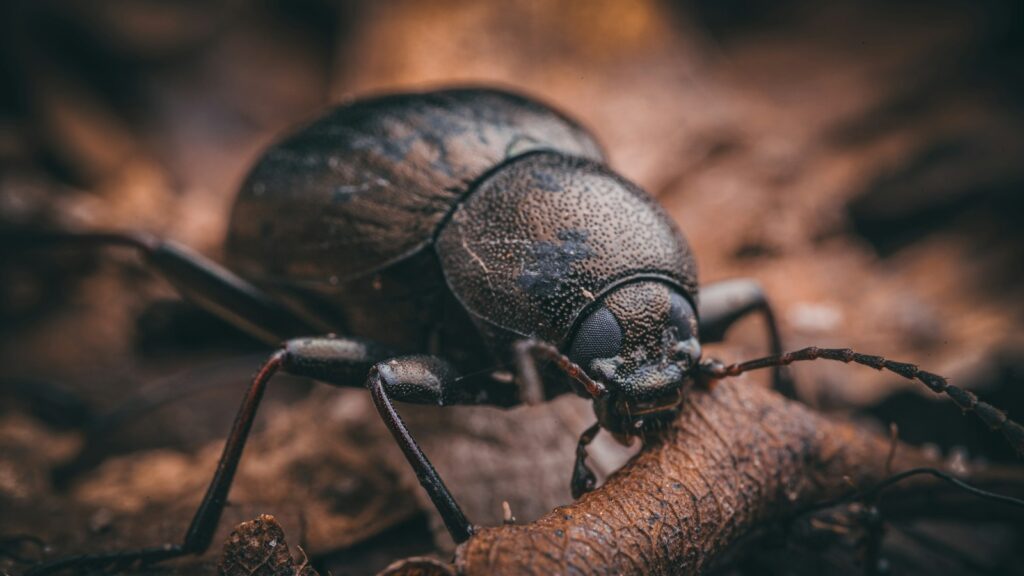
Dung beetles function as important biological pest control agents in both natural and agricultural landscapes. By rapidly removing dung, they eliminate breeding sites for flies, including those that can spread diseases to humans and livestock. Research shows that areas with healthy dung beetle populations can have up to 95% fewer pest flies compared to areas where beetles are absent or scarce. This natural pest control reduces the need for chemical insecticides, which can have harmful effects on non-target organisms and the wider environment. The beetles’ activity specifically targets the development cycle of livestock parasites like roundworms, whose eggs are often laid in dung and then destroyed during the beetles’ feeding and burying processes. This natural interruption of parasite lifecycles contributes significantly to animal health in both wild and domestic settings.
Impressive Biodiversity
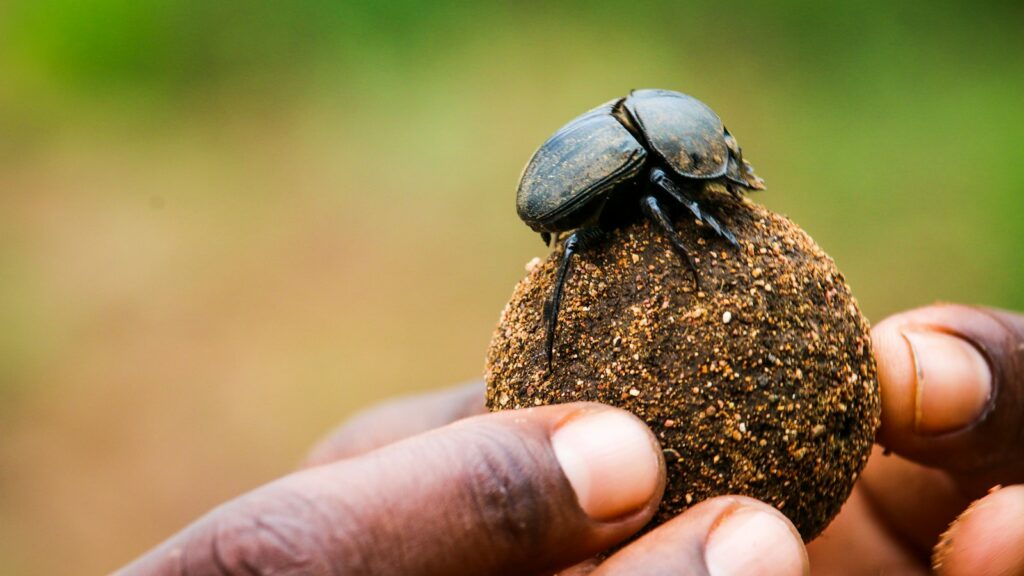
The global diversity of dung beetles is truly remarkable, with over 7,000 species identified worldwide and many more likely awaiting discovery. These species range dramatically in size from tiny 2mm individuals to impressive specimens reaching 6cm in length. Their coloration is equally diverse, from dull black to metallic greens, blues, and coppers that shimmer in sunlight. Different species have evolved to specialize in processing the dung of particular animals, creating complex ecological networks around waste processing. This biodiversity ensures that in healthy ecosystems, different aspects of waste management are handled efficiently by various specialized species. The greatest diversity of dung beetles is found in tropical forests and savannas, though specialized species have adapted to nearly every terrestrial habitat from deserts to Arctic tundra.
Cultural and Historical Significance

Throughout human history, dung beetles have featured prominently in various cultures, often symbolizing concepts far more significant than their humble ecological role might suggest. Ancient Egyptians venerated the scarab beetle (a type of dung beetle) as sacred, associating it with the sun god Ra and the cycle of rebirth. Scarab amulets were commonly included in burial chambers, and the hieroglyph of the scarab represented concepts of transformation and existence. In some African cultures, dung beetles were considered symbols of persistence and industriousness, qualities admired and emulated in community values. Even in modern culture, scientists and environmentalists increasingly highlight dung beetles as symbols of sustainable ecological relationships and efficient resource utilization. These cultural associations demonstrate how deeply these insects have impressed human observers throughout the ages with their remarkable behaviors.
Threats to Dung Beetle Populations
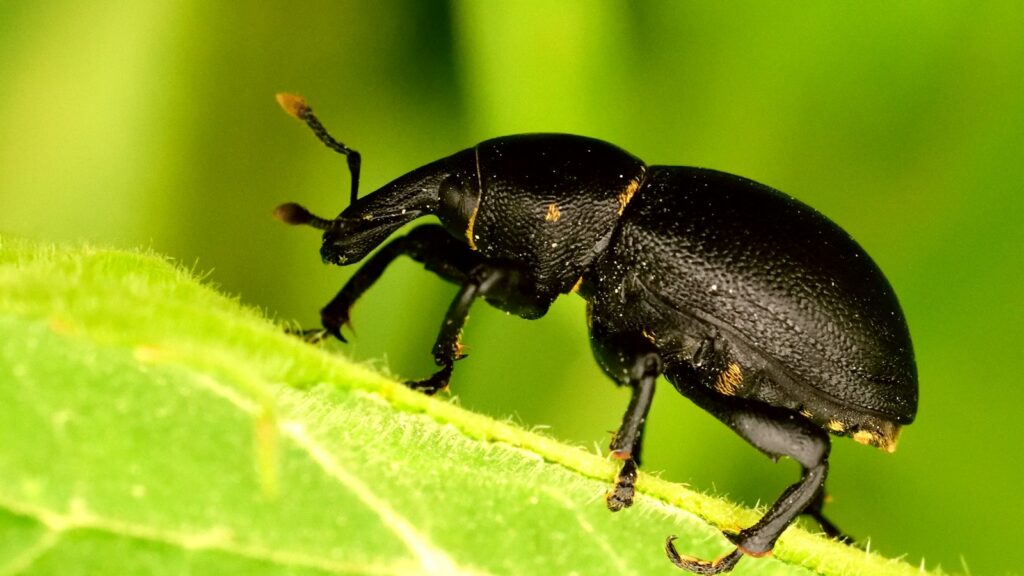
Despite their ecological importance, dung beetle populations face numerous modern threats that have caused concerning declines in many regions. The widespread use of veterinary parasiticides in livestock, particularly those containing ivermectin and similar compounds, can persist in animal dung and prove lethal to beetle larvae that feed on it. Habitat destruction and fragmentation reduce the available range for many specialized beetle species, particularly those that depend on specific animal populations. Climate change presents additional challenges, as many dung beetle species have narrow temperature tolerances that affect their activity patterns and reproductive success. Agricultural intensification often reduces the diversity of dung types available, limiting resources for specialist beetle species. Conservation biologists increasingly recognize the need for monitoring programs and management strategies specifically designed to protect these valuable ecological engineers.
Scientific Research and Discoveries
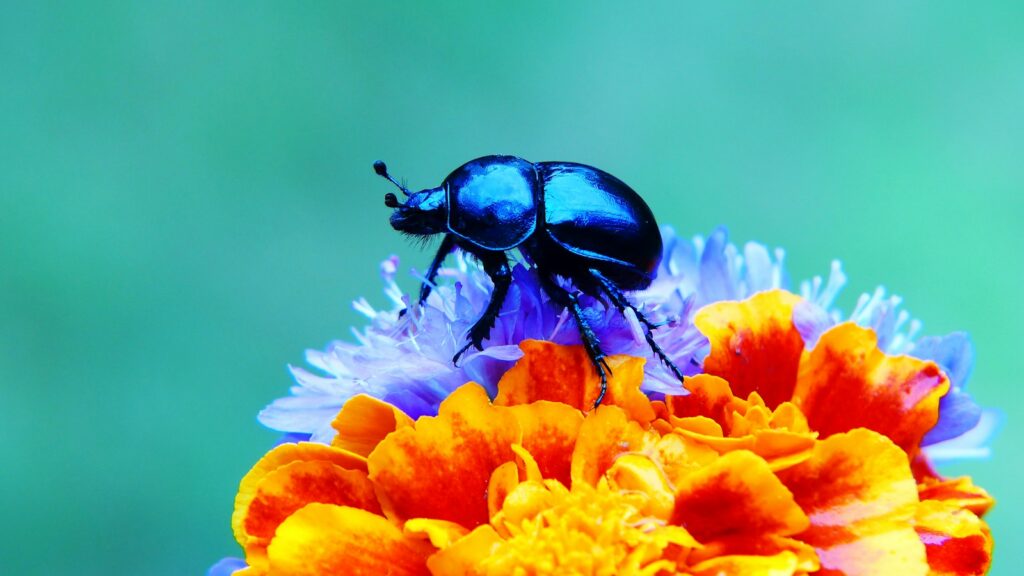
Dung beetles continue to fascinate scientists, leading to remarkable discoveries that enhance our understanding of animal behavior and ecological relationships. Perhaps most impressively, researchers discovered in 2013 that certain dung beetle species navigate using the Milky Way galaxy as a reference point—the first documented case of insect celestial orientation using the galaxy rather than individual stars or the moon. Studies on dung beetle strength have inspired biomechanical engineers working on designing more efficient machines capable of moving heavy loads relative to their size. The beetles’ remarkable olfactory capabilities have interested researchers developing sensitive detection devices for various applications. Recent genomic studies are also revealing the complex evolutionary history of these insects, including multiple independent evolutions of dung-feeding behavior across different beetle lineages. This ongoing research continues to reveal new dimensions of these surprisingly complex creatures.
Conservation Efforts and Sustainable Practices
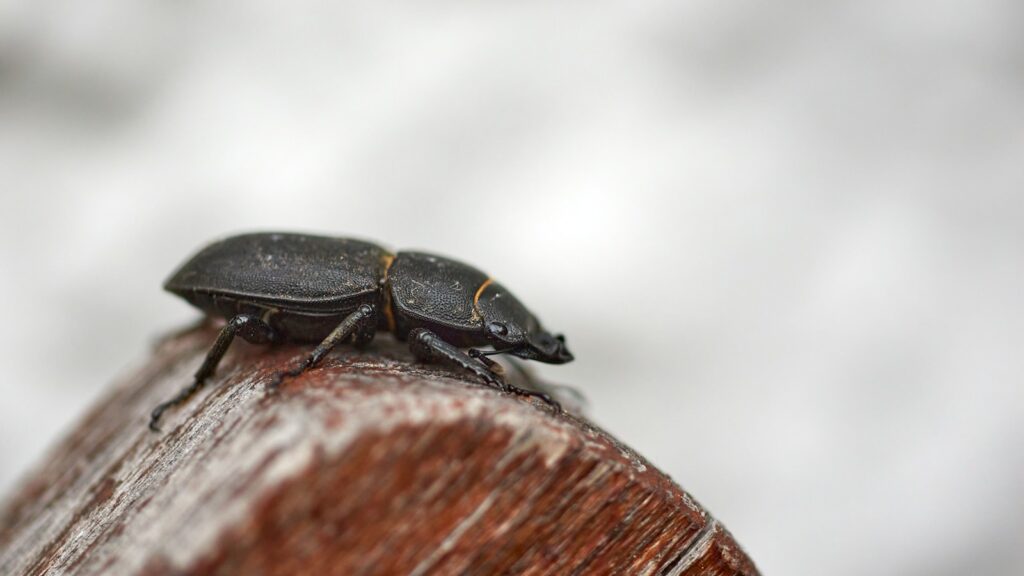
Recognizing the ecological importance of dung beetles, conservation initiatives are increasingly incorporating specific measures to protect these valuable insects. Some agricultural guidelines now recommend rotational use of livestock parasiticides or selection of compounds that break down more quickly to minimize impact on beetle populations. Conservation organizations in several countries have established monitoring programs to track dung beetle diversity and abundance as indicators of ecosystem health. In regions where native beetle populations have declined, reintroduction programs have been implemented with notable success, particularly in Australia and parts of Europe. Educational outreach to farmers highlights the economic and ecological benefits of maintaining healthy dung beetle populations, encouraging adoption of beetle-friendly practices. These efforts represent a growing understanding that protecting even the most humble members of ecosystems can yield significant benefits for environmental health.
The Future of Dung Beetle Research and Applications

The future holds promising directions for both understanding dung beetles better and applying this knowledge to environmental challenges. Emerging research focuses on how dung beetles might be harnessed more deliberately for ecosystem restoration projects, particularly in degraded pasture lands and areas affected by overgrazing. Scientists are investigating the potential for selected beetle species to help process human waste in sustainable sanitation systems, particularly in regions with limited infrastructure. Advanced tracking technologies are enabling researchers to better understand beetle movement patterns and resource utilization across landscapes. Some conservation biologists propose using dung beetles as indicator species for monitoring ecosystem health, as their presence and diversity often correlate with overall ecological integrity. As climate change progresses, studying how dung beetle communities adapt or shift may provide valuable insights into wider ecological responses to environmental change.

Dung beetles exemplify how nature often assigns crucial ecological roles to the most unassuming creatures. These remarkable insects—through their tireless collection, burial, and consumption of animal waste—deliver an impressive array of environmental benefits: soil enrichment, pest control, greenhouse gas reduction, and landscape maintenance. Their work represents one of nature’s most efficient recycling systems, transforming what would be waste into valuable resources. As we face growing environmental challenges, from climate change to agricultural sustainability, these humble beetles offer both practical solutions and philosophical lessons about the interconnectedness of all living things. By appreciating and protecting dung beetles, we acknowledge that ecological health often depends not on the most visible species, but on the countless small interactions that keep our natural systems in balance.
